Yoshihiro Hidaka, president and CEO of Yamaha Motor, has backed hydrogen as a practical and clean way to achieve carbon neutrality and said the company would develop it as a fuel source.
(more…)Yoshihiro Hidaka, president and CEO of Yamaha Motor, has backed hydrogen as a practical and clean way to achieve carbon neutrality and said the company would develop it as a fuel source.
(more…)Toyota, like some of the other top carmakers, has expressed a view that the goal of carbon neutrality to prevent climate change is not a single-solution – going electric with motor vehicles – approach. While they do recognise the importance of moving towards that goal, they feel that the electric-only solution is not practical and is also costly. A choice of solutions that include some existing technologies (improved, of course) is being promoted as a more realistic approach.
Toyota’s President, Akio Toyoda, is very vocal about this and was among the first car company CEOs to state the position. Perhaps that encouraged the CEOs in the other companies to also echo similar views but still committing to increasing production of zero emissions battery electric vehicles (BEVs). They are probably under a lot of pressure to allocate massive funding for BEV R&D and at the same time, they still need to continue some development of combustion engine powertrains.
(more…)Although the ORC ROOKIE Racing Team did not for run the entire time at the recent Idemitsu 1500 Super Endurance 2022 (Thailand 25-Hour Endurance Race), its cars drew much attention during the first and last few hours that they were running. Their participation was not to compete in the race but to showcase the feasibility of carbon neutrality using existing technology and resources to offer multiple pathways to accelerate carbon neutrality in a prompt and practical manner.
Besides the two entries of the ORC ROOKIE Racing Team (founded and owned by Akio Toyoda, President of Toyota Motor Corporation), there was also a Carbon-neutral fuel car entered by TOYOTA GAZOO Racing Team Thailand which won the finish Carbon Neutral Power Cup and completed completing 443 laps.
(more…)In November last year, 5 Japanese companies – Kawasaki Heavy Industries, Mazda Motor Corporation, Subaru Corporation, Toyota Motor Corporation and Yamaha Motor – jointly announced that they would begin discussions for conducting collaborative research into possible avenues for expanding the range of fuel options for internal combustion engines in the quest for carbon neutrality.
Giving customers more choices
Specifically, the companies intend to unite and pursue 3 initiatives: 1) participating in races using carbon-neutral fuels, 2) exploring the use of hydrogen engines in 2-wheeled and other vehicles, and 3) continuing to race using hydrogen engines. This is in an effort to provide customers with greater choice so that, in Toyota’s words’, ‘no customer is left behind’.
Toyota has been working with Yamaha Motor, Denso Corporation and other related parties to develop a hydrogen engine since 2016. It has entered a Corolla equipped with a prototype hydrogen-fueled engine in 3 races in Japan, with Toyota President & CEO Akio Toyoda also participating in the races.
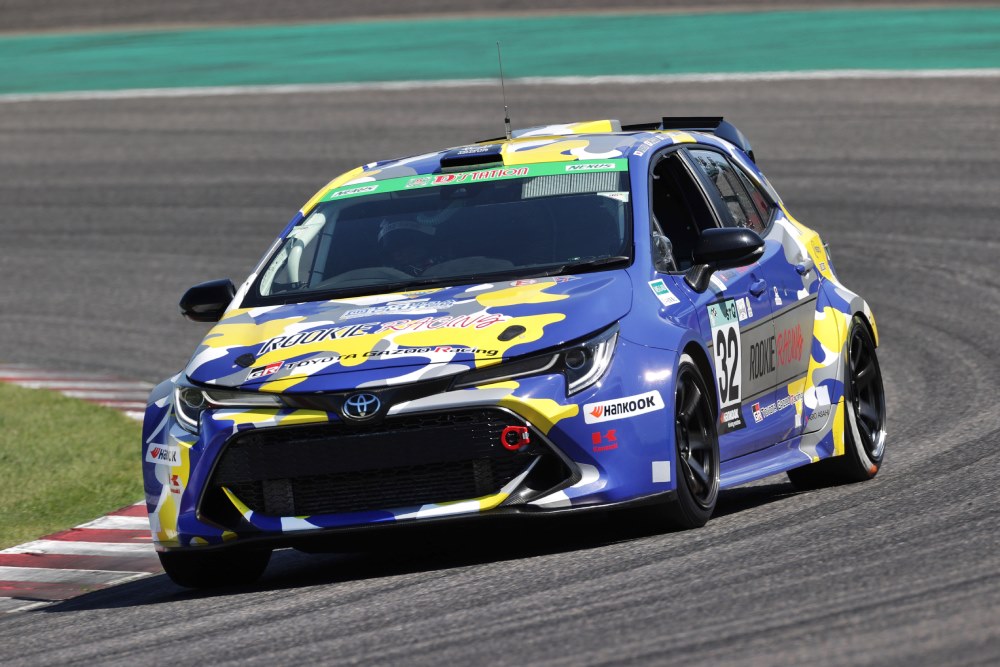
Besides the engine in the Corolla, it has been revealed that there is another engine which Yamaha has been commissioned to develop by Toyota. This is a 5-litre V8 engine that can be used for automobiles which is fueled entirely by hydrogen. Shown to the public recently, the unit is based on the engine of the same size and configuration in the Lexus RC F sport coupe.
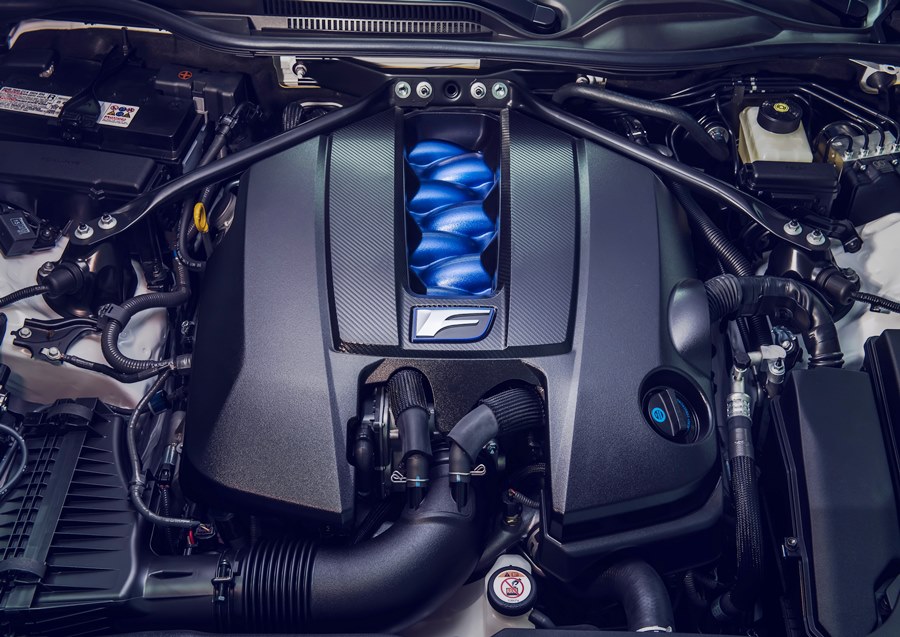
Modifications have been made to the injectors, cylinder heads, intake manifold, and more, and it is claimed to produce up to 455 bhp at 6,800 rpm, with maximum torque of 540 Nm at 3,600 rpm. The 32-valve engine running on petrol has been able to produce up to 472 bhp and 535 Nm, although emission regulations have lowered it to 457 bhp in recent years.

5-year experience with hydrogen engine
Actually, Yamaha began developing a hydrogen engine for cars about 5 years ago. Takeshi Yamada from the Technical Research & Development Centre’s Automotive Development Section who is a member of the hydrogen engine development team, recalls having a of sense ‘the depth of potential in the powerplant’ as the project progressed.
“I started to see that engines using only hydrogen for fuel actually had very fun, easy-to-use performance characteristics,” he explained. “Hydrogen engines have an innately friendly feel that makes them easy to use even without resorting to electronic driving aids. Everyone who came to test-drive the prototype car would start off somewhat skeptical, but emerged from the car with a big smile on their face at the end. As I watched this, I started to believe that there is actually enormous potential in the characteristics unique to hydrogen engines instead of simply treating it as a substitute for petrol.”
Another thing that Yamada and the team value in the development process is kanno seino, meaning ‘sensual’ or ‘exhilarating’ performance. One example is the harmonic high-frequency exhaust note produced by the engine’s 8-into-1 exhaust manifold. “This is a challenge we can sink our teeth into as engineers and I personally want to pursue not just performance but also a new allure for the internal combustion engine that the world has yet to see,” declared Yamada.
“Hydrogen engines house the potential to be carbon-neutral while keeping our passion for the internal combustion engine alive at the same time,” proclaimed Yamaha President Hidaka. “Teaming up with companies with different corporate cultures and areas of expertise as well as growing the number of partners we have is how we want to lead the way into the future.”
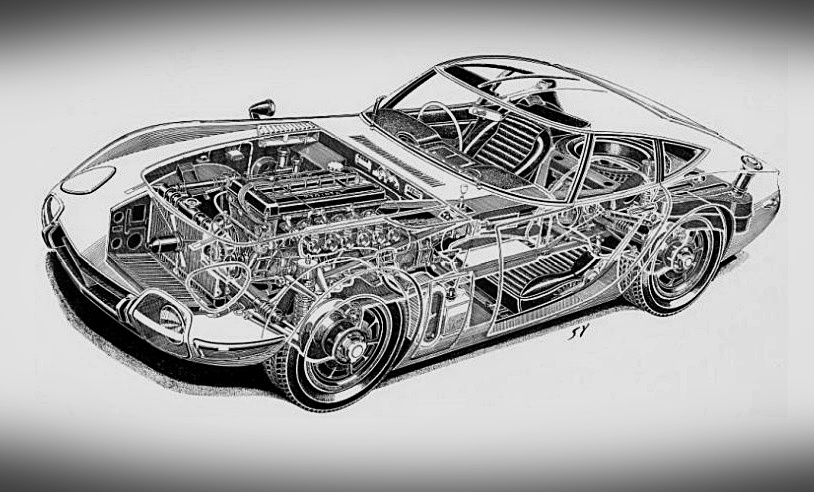
Long history of collaboration
Toyota has had a 5% stake in Yamaha since 2019 but the two companies have a long history of working together, going back to the 1960s. Although well known for its motorcycles, Yamaha has great expertise in engines and was involved in the development as well as manufacture of high-performance engines for Toyota models, including the 2000GT, Japan’s first supercar.
Toyota: “No customer is left behind” in quest for carbon neutrality
Since May this year, a special Toyota Corolla Sport run by the ROOKIE Racing arm of TOYOTA GAZOO Racing has been competing in the Super Taikyu Series 2021. Its engine doesn’t run on petrol but uniquely, on hydrogen. This is not the same as the powertrain in the Mirai EV which has its electric motors powered by a hydrogen fuel cell. For the engine in the Corolla Sport, a prototype, the combustion process uses hydrogen.
Combustion in a hydrogen-fuelled engine occurs at a faster rate than in petrol engines, resulting in a characteristic of good responsiveness. While having excellent environmental performance, hydrogen engines still have the typical character of a combustion engine, especially ‘familiar’ sounds and vibrations. Except for the combustion of minute amounts of engine oil during driving, which is also the case with petrol engines, hydrogen engines emit zero CO2 when in use.
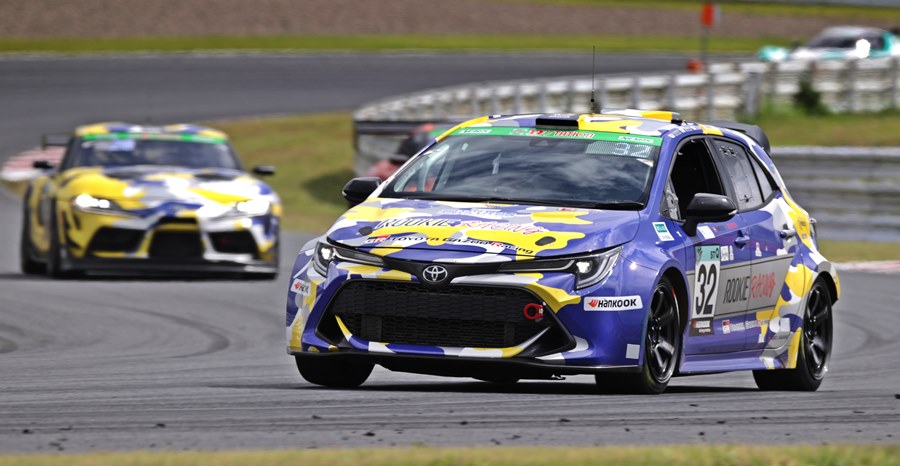
Moving to the next steps
As the R&D engineers gain increasing experience and feedback from running the engine in the harsh conditions of motorsport in Japan, they are progressing towards the next steps. This is demonstrated in an experimental hydrogen-powered GR Yaris which shares same powertrain as the prototype Corolla Sport racing car.
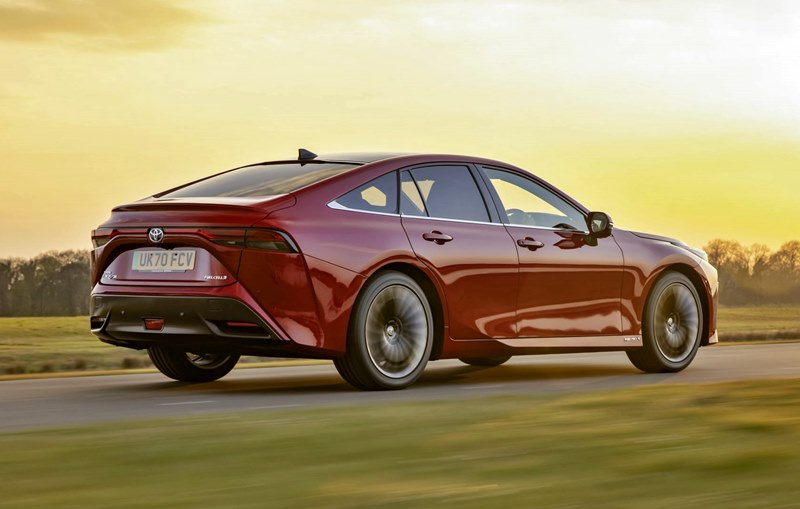
The car’s hydrogen fuel, fuel tanks and refuelling process are the same as those found in Mirai fuel cell electric vehicle (FCEV) which is now in its second generation. The hydrogen combustion engine technology is still in the early stages of conceptual development and experimentation, having started in 2017, and is not yet ready for commercialisation. Nonetheless, Toyota’s experimental hydrogen-powered Corolla Sport is already delivering high performance at motorsport events in Japan with almost zero tailpipe emissions.
Modified GR Yaris engine
The engine modified to run on hydrogen is the G16E-GTS, 1.6-litre, in-line 3-cylinder, turbocharged unit used in production versions of the GR Yaris, but with a modified fuel supply and injection system for use with hydrogen as fuel.
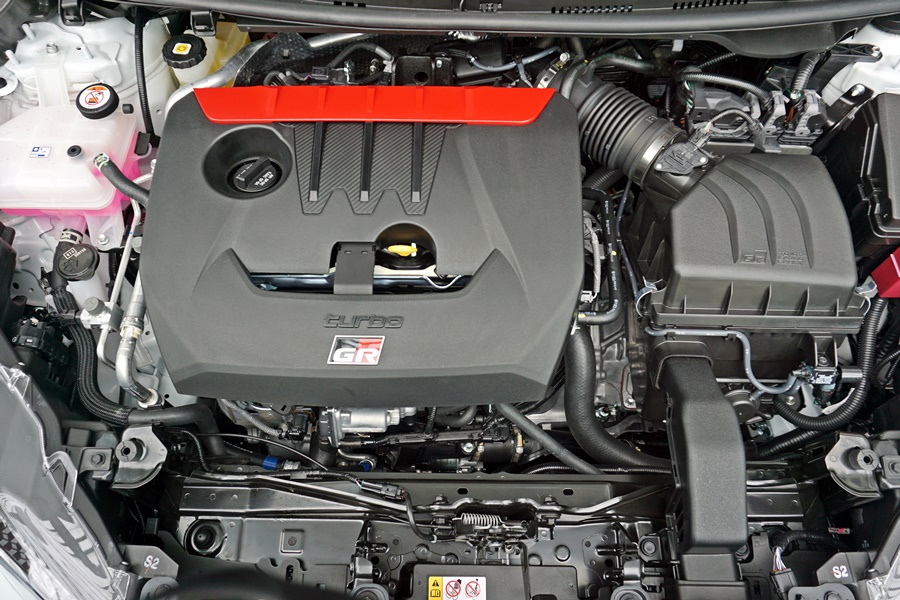
Toyota has been strengthening its efforts towards achieving carbon neutrality, such as by aiming to promote the use of hydrogen through the popularisation of FCEVs and numerous other fuel-cell-powered products. By further refining its hydrogen engine technologies through motorsports, it intends to aim for the realisation of an even better hydrogen-based society.
Motorsport as a testing ground
The uses of motorsport as a testing ground reflects the firm belief of Kiichiro Toyoda, the founder of Toyota Motor Corporation, that sporting competition is a driver for progress. In March 1952, he said: “Japan’s auto industry must succeed in building passenger vehicles. To this end, manufacturers must participate in auto-racing to test their vehicles’ durability and performance and display their utmost performance. With competition comes progress, as well as excitement among motoring fans. The aim of racing is not just to satisfy our curiosity, but rather to enable the development of the Japanese passenger vehicle industry.”
“We’ve taken the first step to compete with and develop our hydrogen-powered engine with the mindset of taking on the challenge. I imagine things will look a little different 10 years from now, and I hope people will look back and see how we took on the challenge with positivity and enjoyed every moment of it,” added Akio Toyoda, President of Toyota Motor Corporation as well as grandson of Kiichiro.
Transitioning to electric vehicles is one approach Toyota is taking to help create a carbon-neutral society. To achieve this goal, it is developing multiple electrified technologies, including hydrogen, which it views as one of the key building blocks for CO2 reduction.
Second generation fuel cell modules
To help expand its hydrogen technology from cars to more diverse applications, it has repackaged the advanced fuel cell system used in its Mirai saloon into compact fuel cell modules. From January 2022, Toyota will start production of these second generation modules.
The new system has been packaged into modules that are more compact, lighter in weight and provide greater power density. They are available in two formats: a cube and a flat, rectangular shape, allowing greater flexibility and adaptation for different applications.
Toyota began fuel cell development in 1992 and has since continued to refine its hydrogen technology. The second generation fuel cell modules will be assembled by a manufacturing team at Toyota Motor Europe’s (TME) R&D centre in Belgium. The new facility houses a pilot assembly line combining advanced technology content with high-quality assembly techniques.
Toyota chose Europe as the location for its second generation fuel cell module assembly as it sees demand growing significantly across the region. Working with businesses interested in using Toyota’s technology in their applications, TME’s Fuel Cell Business Unit will offer the necessary engineering support for integration. Proximity to its partners and the ability to closely monitor emerging business opportunities will allow the company to scale up supply quickly.
Hydrogen clusters
The expansion of a European hydrogen economy will be a key element in achieving the Green Deal’s objective of net-zero global warming emissions by 2050. The European Union has stated that, to meet this challenge, industry will need ‘climate and resource frontrunners’ to develop the first commercial applications of breakthrough technologies in key industrial sectors by 2030. The emergence of hydrogen clusters in Europe sees different sectors uniting and bringing their skills, technologies and applications together, such as truck, bus and taxi fleets and H2 infrastructure, to create viable business opportunities. This will allow them to flourish and become the nucleus of larger-scale activities.
Toyota to use motorsports to develop hydrogen-fueled engine (w/VIDEO)
Lexus started off with just sedans – the ES and LS models – and it was only about 7 years after the brand began life that it had its first SUV (the LX). In 1997, it introduced the RX, which started the rest of the premium brands towards offering SUVs as well. And in recent years, Lexus also offers a luxury MPV in some markets as well.
The brand has yet to offer a pick-up and you can’t rule that out since some brands are starting to try luxury versions of such vehicles and see how response is. But the designers obviously look at all kinds of vehicles and one idea they have is a Recreational Off-highway Vehicle, like a luxury ATV.
Referred to a ROV concept, it is intended to provide a luxury lifestyle experience to those wishing to discover the wilderness. The design team developed a vehicle that has Lexus design elements as well as the features of a genuine off-road vehicle – like exposed suspension, protective cage and chunky off-road tyres. The dimensions are 3120 mm in length), 1725 mm in width) and 1800 mm high.
The dark bronze paint is carefully crafted along with a lightweight body that has an interpretation of the iconic Lexus grille. The suspension cover protects functional parts as well as conveying the sense of durability and though a rugged machine, it still has the much-admired Lexus craftsmanship.
An interesting aspect of the ROV concept is that its engine runs on hydrogen, not petrol. Toyota is exploring hydrogen engines as another approach towards carbon-neutrality without giving up on internal combustion engines. Besides the sound of a combustion engine, there is also the responsive rise in torque that comes from the fast combustion speed of hydrogen.
The displacement of the engine is 1 litre and it works just like a petrol engine. There is a high-pressure tank for compressed hydrogen which is delivered precisely by a direct hydrogen injector. Of note is that the hydrogen engine produces close to zero emissions, with a negligible amount of engine oil burned during driving.
Inside, based on the Tazuna interior concept, it has a simple meter that instantly reads the information the driver needs while the driver concentrates on driving. Luxury details include a leather steering wheel and a sculpted shift knob. feature suspension elements that smooth bumps out of the ride. The seats are also upholstered in hard-wearing synthetic leather.
Motorsports have long been used for the testing and development of many new technologies which have eventually been used for everyday cars. Engineers who work with racing teams have to do so under challenging conditions that also require speed due to competition, and this provides fertile ground for developing new solutions to improve performance.
Toyota Motor Corporation (TMC) will also be taking this approach in developing a hydrogen-fuelled engine. Actually, the engine already exists and It has been installed in a racing car based on Toyota’s Corolla Sport. This car will enter races under the ORC ROOKIE Racing banner, starting with the Super Taikyu Series 2021 Powered by Hankook Round 3 NAPAC Fuji Super TEC 24 Hours Race in May.
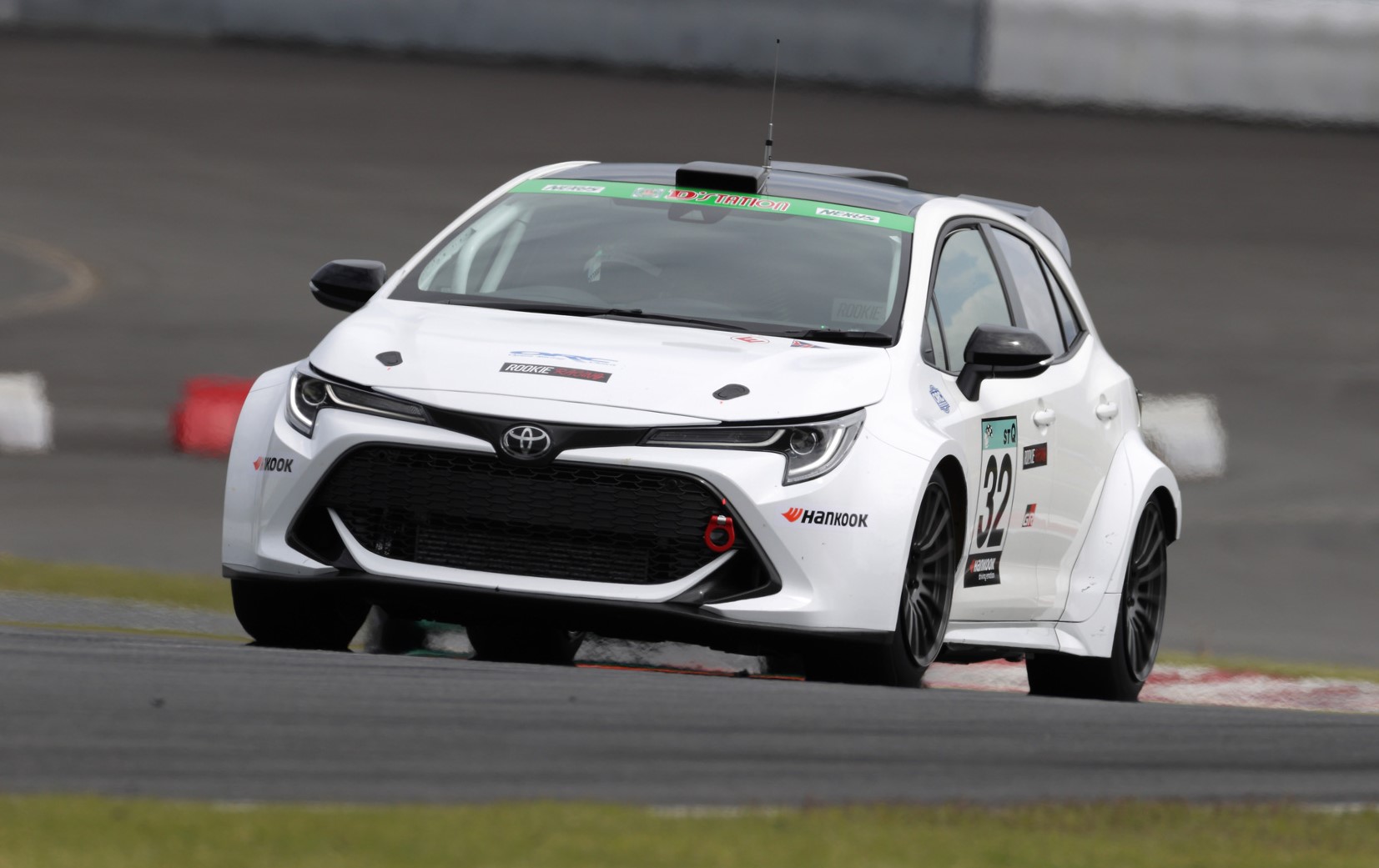
By refining its under-development hydrogen engine in the harsh environment of motorsports, Toyota aims to contribute to the realization of a sustainable and prosperous mobility society, ultimately enabling a carbon-neutral mobility society.
Toyota has long engaged in the innovation of engine technology, and in fact, the company has not only successful developed fuel cells (FCs) which use hydrogen that chemically reacts with oxygen in the air to produce electricity, but it has also used those fuel cells to power the electric motor in the Mirai, Toyota’s first commercialised fuel cell electric vehicle (FCEV). Except for the combustion of minute amounts of engine oil during driving, which is also the case with petrol engines, hydrogen engines emit zero CO2 when in use.
For the hydrogen engine, the fuel delivery systems for FCEVs have been modified from those used with petrol engines. Combustion in hydrogen engines occurs at a faster rate than in petrol engines, resulting in a characteristic of good responsiveness. While having excellent environmental performance, hydrogen engines also have the potential to relay the fun of driving, including through sounds and vibrations.
Media error: Format(s) not supported or source(s) not found
Download File: https://www.piston.my/wp-content/uploads/2021/04/Toyota-hydrogen-engine-2021.mp4?_=1Plans are for the hydrogen-engined racing car to be fueled during races using hydrogen produced at the Fukushima Hydrogen Energy Research Field. While aiming to expand the hydrogen infrastructure in Japan by promoting hydrogen use, Toyota intends to continue advancing efforts for economic recovery and revitalization of the Tohoku region together with all parties concerned.
Even in safety, Toyota intends to apply the technologies and know-how that it has accumulated through the development of fuel cell vehicles and the commercialization of the Mirai. To ensure safety related to the use of hydrogen and high voltage, the countermeasures cultivated during the development of electrified vehicles such as FCEVs and HEVs were implemented. These measures are based on the basic approach of ensuring that hydrogen does not leak and, in the unlikely event that any leaks should occur, ensuring their immediate detection and stoppage.
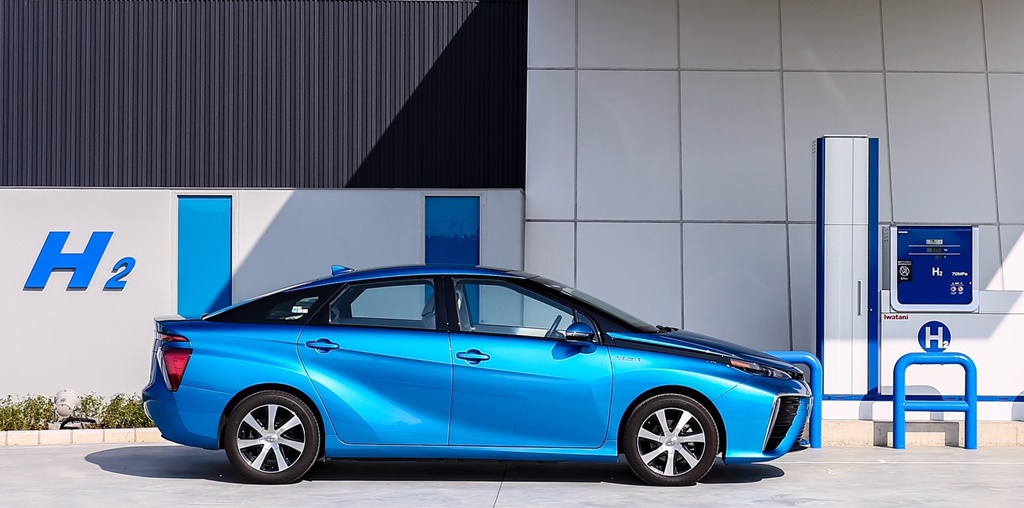
Toward achieving carbon neutrality, Toyota has been strengthening its efforts, such as by aiming to promote the use of hydrogen through the popularization of FCEVs and numerous other fuel-cell-powered products. Toyota has been taking various initiatives toward the creation of a hydrogen society, such as selling the Mirai and SORA FCEV bus, selling FC systems to FC product companies, as well as allowing royalty-free use of its FCEV-related patent licenses.
Toyota has developed a product that packages individual FC system-related products of second generation Mirai with enhanced performance, such as the FC stack, as well as components that handle air supply, hydrogen supply, cooling, and power control, into a single compact module.
Toyota Mirai FCEV fleet in Germany clocks total of over 5 million kms
© Copyright – Piston.my 2024 Trademarks belong to their respective owners. All rights reserved